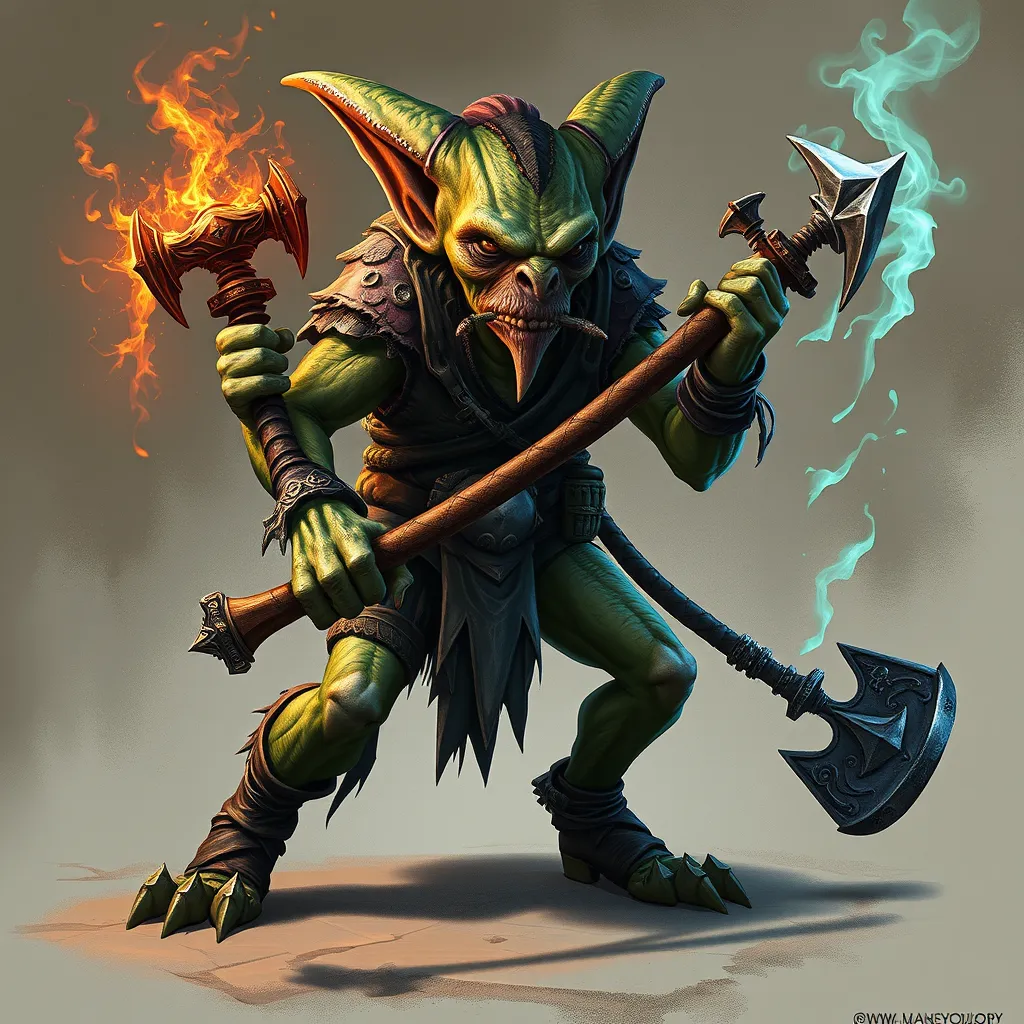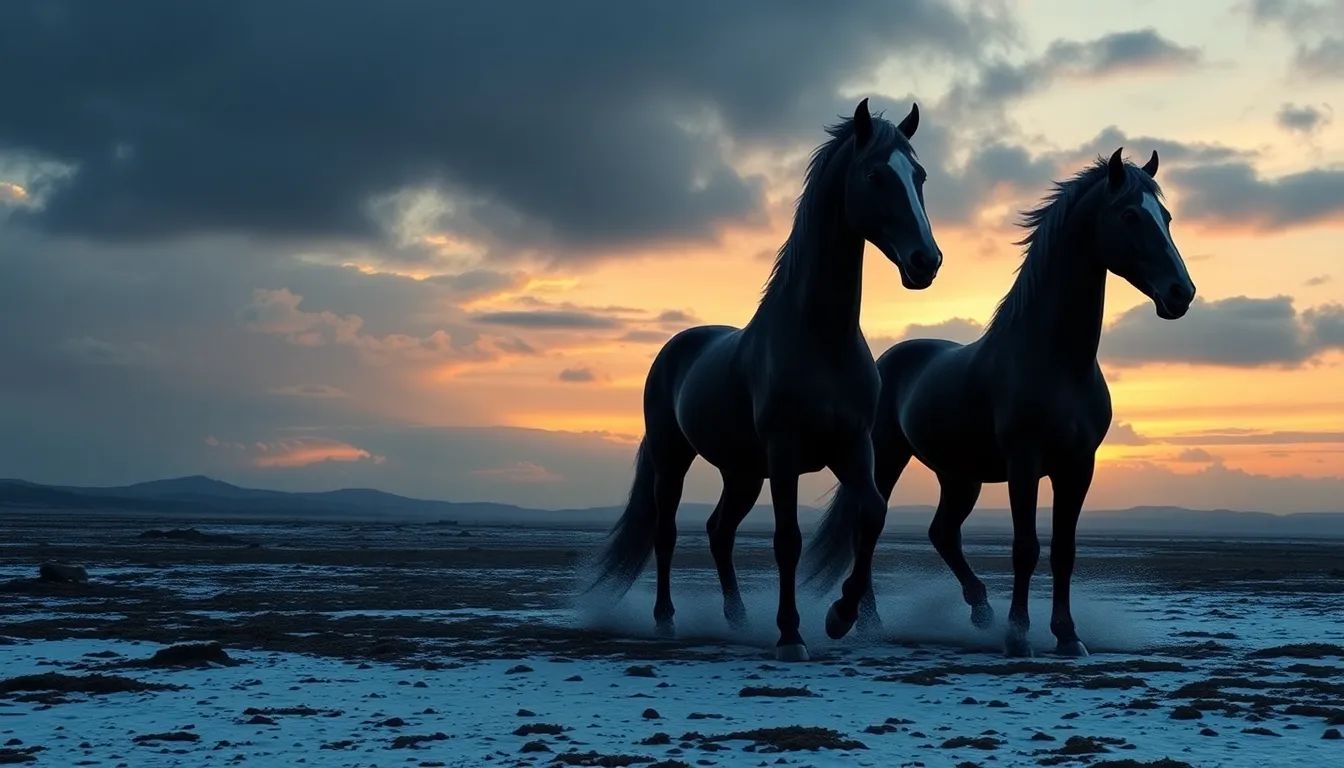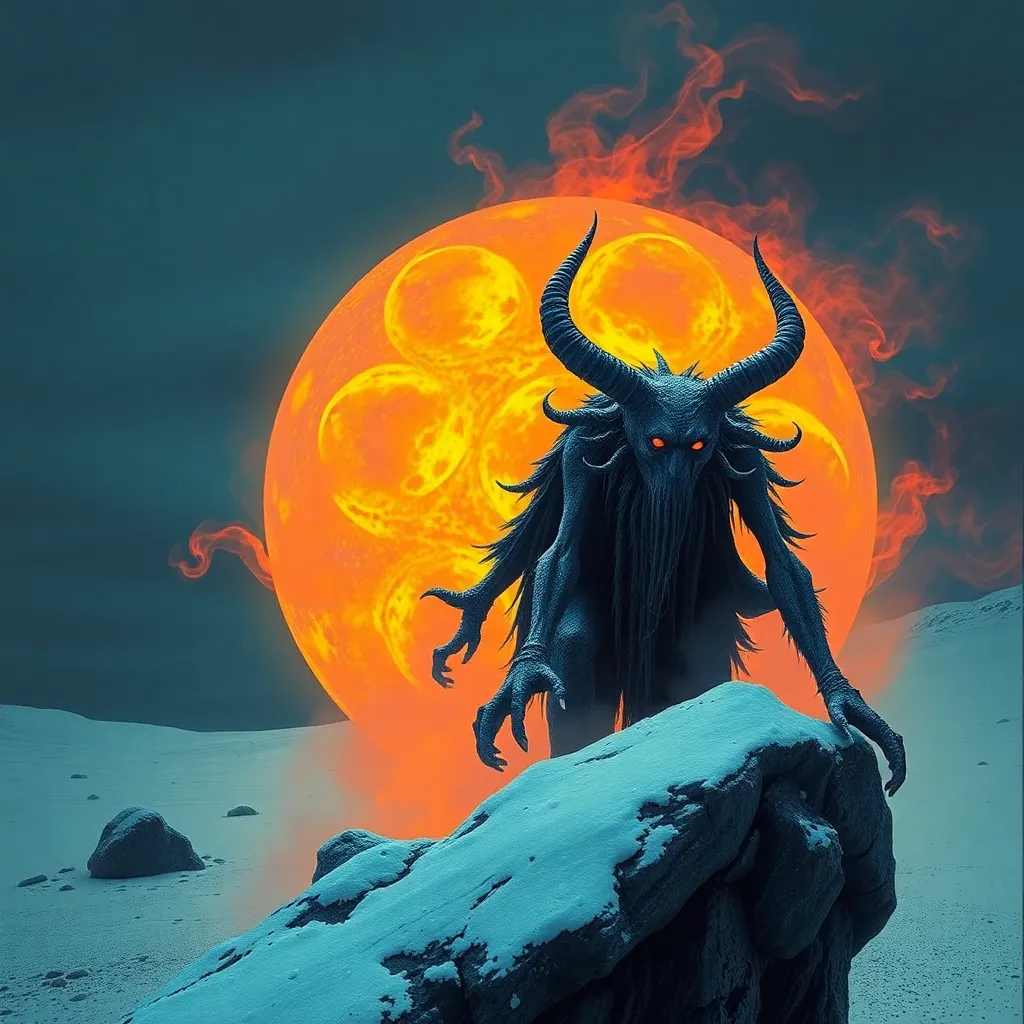Whispers from the Underworld: Japanese Yokai and the Ghosts of the Dead
I. Introduction
In Japanese culture, the supernatural is woven deeply into the fabric of everyday life. Among the most fascinating entities are the Yokai, a diverse group of spirits, monsters, and phenomena that embody the fears, beliefs, and values of the culture. These beings hold a significant place in Japanese folklore, often serving as cautionary tales or reflections of societal norms.
Closely tied to Yokai is the concept of Yurei, the spirits of the deceased who linger in the realm of the living. Ghosts in Japanese folklore are not merely spirits of the dead; they carry with them the weight of unresolved issues and the emotional turmoil that can bind them to the earthly plane.
The purpose of this article is to explore the intricate relationship between Yokai and the spirits of the dead, delving into their origins, characteristics, and the cultural significance they hold in Japan.
II. The Origins of Yokai in Japanese Folklore
The origins of Yokai can be traced back to ancient Japan, where nature was revered, and every phenomenon was thought to possess a spirit. Historical references to Yokai can be found in early texts like the Nihon Shoki (Chronicles of Japan) and Konjaku Monogatari (Tales of Times Now Past), which depict various supernatural beings and their interactions with humans.
Over time, Yokai evolved through literature and art, becoming more defined and diverse. In the Edo period, the artistic genre of Ukiyo-e popularized many Yokai through woodblock prints, capturing their essence and embedding them into the collective consciousness of the populace.
Furthermore, Yokai are deeply connected to ancient Shinto beliefs, where kami (gods or spirits) inhabit natural elements. This spiritual connection reflects the Japanese view of the world, where the line between the living and the spiritual is often blurred.
III. Types of Yokai: Classifications and Characteristics
Yokai can be classified into various categories based on their traits and behaviors. Here are some well-known types:
- Tengu: Bird-like creatures often depicted as protectors of mountains, known for their martial prowess and mischievous nature.
- Kitsune: Fox spirits associated with Inari, the deity of rice. They are revered as protectors but can also be tricksters.
- Rokurokubi: Humans by day who transform into Yokai at night, possessing the ability to stretch their necks.
Each Yokai possesses unique traits and abilities, often reflecting human emotions or societal fears. For instance, some Yokai may embody the consequences of greed, while others represent the dangers of neglecting nature.
In everyday life, Yokai influence cultural practices, such as festivals and rituals intended to appease or celebrate these beings. For example, the Obon festival is a time when families honor the spirits of their ancestors, showcasing the profound relationship between the living and the supernatural.
IV. The Concept of Yurei: Ghosts of the Dead
Yurei are defined as restless spirits who have not found peace after death. They are often characterized by their ethereal form, wearing white funeral garments and having long, unkempt hair. Yurei are believed to be the spirits of individuals who suffered traumatic deaths or had unresolved issues, which tether them to the earthly realm.
The origins of Yurei are closely tied to Japanese beliefs about the afterlife. Traditional views suggest that spirits must be honored and guided to the afterlife through appropriate rituals. This belief system underscores the importance of familial duty and respect for the deceased.
Rituals and customs associated with Yurei include:
- Offering food and incense at family altars.
- Participating in the Obon festival to welcome and honor the spirits of ancestors.
- Performing purification rituals to appease restless spirits.
V. The Interplay Between Yokai and Yurei
The relationship between Yokai and Yurei is a complex one. Many Yokai are believed to interact with the spirits of the dead, either as protectors or as mischievous tricksters. Some folktales illustrate how Yokai assist Yurei in finding peace, while others depict them as entities that can exacerbate the troubles of restless spirits.
Folktales abound that highlight these interactions. For instance, stories of Yurei being led to the afterlife by benevolent Yokai showcase the idea of cooperation between the two realms. Such tales often serve as moral lessons about the importance of resolving conflicts and honoring the dead.
The cultural significance of this interplay is profound, reflecting a society that deeply values its ancestral connections and the spiritual world. It underscores the belief that both Yokai and Yurei are integral to understanding life’s mysteries and the afterlife.
VI. Modern Interpretations of Yokai and Ghosts
In contemporary media, there has been a resurgence of interest in Yokai and Yurei, reflecting a blend of traditional beliefs with modern narratives. Films, literature, and anime have played significant roles in reshaping how these entities are perceived today.
Modern interpretations often infuse humor, horror, or romance into the portrayals of Yokai and Yurei, making them accessible to a broader audience. This evolution has sparked a renewed fascination with these figures, leading to:
- Documentaries exploring the origins and significance of Yokai.
- Anime series that feature Yokai as central characters, such as Natsume’s Book of Friends.
- Films that delve into the psychological aspects of Yurei, such as The Ring and Ju-on.
VII. Yokai and Ghosts in Popular Culture
Yokai and Yurei have made iconic appearances in Japanese pop culture, influencing various forms of entertainment. Their representations range from terrifying to endearing, showcasing their multifaceted nature.
Examples of popular media featuring these entities include:
- Anime: GeGeGe no Kitaro, which features numerous Yokai in humorous adventures.
- Manga: Yokai Watch, which has captivated children with its engaging stories about Yokai.
- Films: Spirited Away, which beautifully blends themes of Yokai and the spirit world.
The global influence of Japanese ghost stories and Yokai legends is evident, as they have inspired countless adaptations and interpretations outside Japan, fostering a greater appreciation for these rich cultural narratives.
VIII. Conclusion
In summary, the exploration of Yokai and Yurei reveals a rich tapestry of beliefs and narratives that are central to Japanese culture. From their historical origins to their modern interpretations, these entities offer insight into the human condition and the complexities of life and death.
The ongoing fascination with Yokai and the ghosts of the dead highlights the importance of preserving these stories and traditions. They serve not only as entertainment but also as vital connections to the past, ensuring that the whispers from the underworld continue to resonate through generations.




